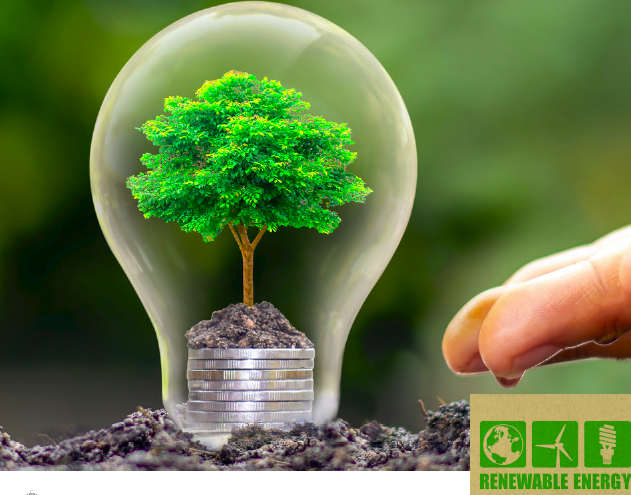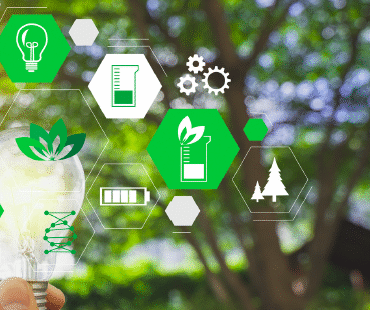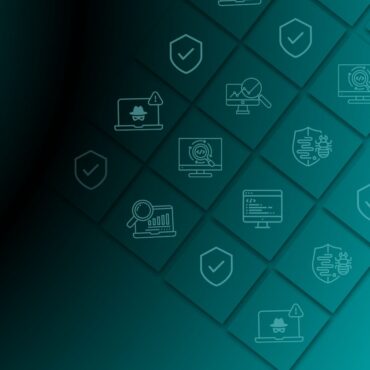
By Elías Cedillo Hernández
CEO and Founder of GrupoBeIT, BuroMC, and Elite Infrastructure Services
The alignment of artificial intelligence, energy infrastructure, and operational efficiency is redefining the foundations of our industries. From data centers to power generation plants, the challenge is clear: to grow without compromising the planet.
The exponential growth of data, driven by generative artificial intelligence, has made data centers critical pillars of the digital economy. However, they also represent a significant energy challenge. It is estimated that by 2025, data centers will consume about 2% of global electricity.
In this context, solutions such as those from Eliwell by Schneider Electric become essential. With over 40 years of experience in HVAC control, Eliwell has developed control architectures based on Modicon PLCs that maintain optimal thermal conditions in data centers, reducing energy consumption and increasing operational reliability. This innovation not only protects technological assets but also helps to reduce the carbon footprint of digital infrastructure.
The energy transition has transformed the operation of electric generation plants. The integration of renewable sources has introduced variability that requires a more agile and precise response from conventional plants. In this new paradigm, modernization is no longer an option but a strategic necessity.
The implementation of advanced process control systems allows plants to optimize their performance in real time, reduce emissions, and adapt to dynamic market conditions. Unlike traditional PID-based systems, APCs simultaneously manage multiple variables, offering a smarter and more efficient response. This technological evolution is key to maintaining the competitiveness and sustainability of the energy sector. The revolution of artificial intelligence is not only transforming industries but also challenging the capacity of our electrical grids.
According to the Schneider Electric Sustainability Research Institute, energy demand driven by AI could exceed the current grid capacity by more than 29 GW by 2030.
In the face of this scenario, we must act decisively. Designing AI systems efficiently from their conception, modernizing electrical infrastructure, and planning wisely are fundamental steps to avoid energy bottlenecks. AI must be part of the solution, not just a constrain factor. Only in this way can we achieve a balance between technological innovation and environmental sustainability.
As business leaders, we have the responsibility to anticipate the future and act today. Sustainability is not a cost, it is a strategic investment, which has now become a competitive advantage within the different economic sectors of each country. Efficiency is not an isolated goal; it is an enabler of growth. And innovation is not a luxury; it is the path toward a positive and lasting impact.
At Grupo BeIT, we believe that technological progress and environmental responsibility can and must go hand in hand. Because true leadership is measured not only by financial results, but by the legacy we leave to future generations.











Post comments (0)